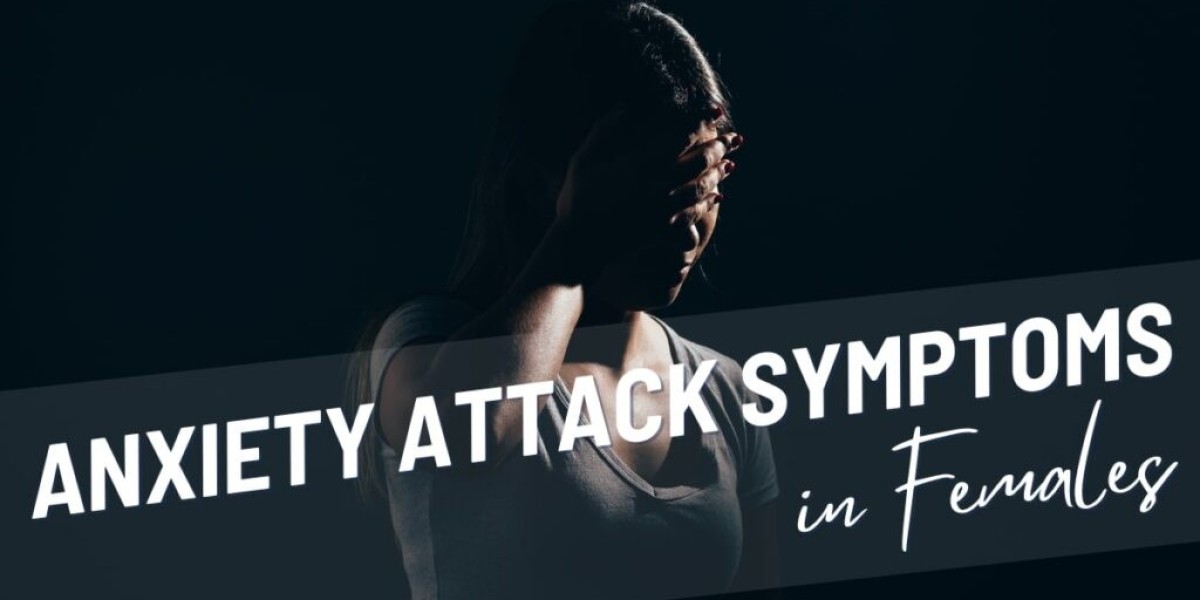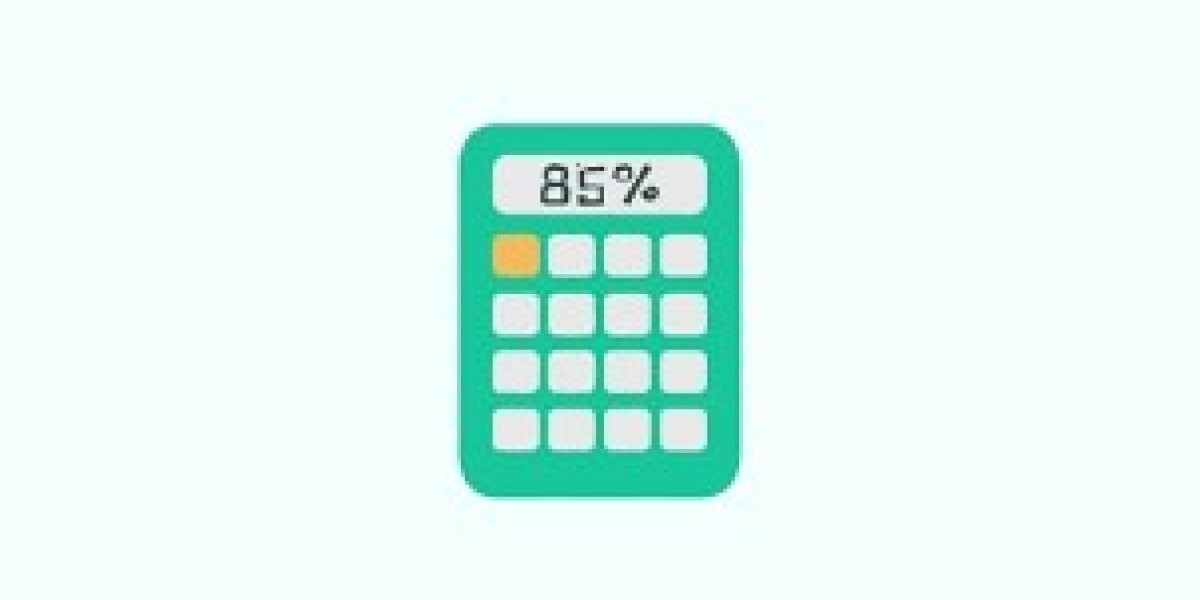Anxiety attacks are often a silent battle that many women endure. Although millions experience them, anxiety attack symptoms females face can be misunderstood, overlooked, or even misdiagnosed. From subtle signs like tingling sensations to more intense experiences such as chest pain, understanding these symptoms can empower women to take control of their mental health. In this post, we’ll demystify the symptoms of anxiety attacks, ensuring clarity and awareness for anyone who needs it.
What is an Anxiety Attack?
An anxiety attack is an intense episode of fear or worry, often accompanied by physical symptoms that can mimic serious medical conditions. Unlike panic attacks, anxiety attacks build up gradually and are typically linked to a specific trigger, such as stress or trauma.
The anxiety attack symptoms females encounter may vary due to hormonal differences, societal pressures, and individual stress responses. Misunderstanding these symptoms can delay necessary treatment, so let’s explore them in detail.
Physical Symptoms of Anxiety Attacks
Chest Pain or Tightness
One of the most alarming anxiety attack symptoms females report is chest pain. This can mimic a heart attack, leading many women to rush to the emergency room. While it's crucial to rule out cardiac issues, anxiety-related chest pain stems from muscle tension or hyperventilation.Shortness of Breath
Breathing difficulties often accompany anxiety attacks. This symptom can create a vicious cycle: the fear of not getting enough air intensifies anxiety, worsening the symptom.Fatigue and Weakness
Prolonged stress and anxiety deplete the body’s energy, leaving women feeling physically drained. This chronic fatigue is often mistaken for other conditions, but it’s a hallmark of severe anxiety.Nausea and Gastrointestinal Issues
Many women experience nausea or stomach pain during an anxiety attack. This happens because the gut and brain are closely connected, with stress directly impacting digestion.Sweating and Chills
Sweating and sudden chills are other common anxiety attack symptoms females encounter. These symptoms are linked to the body’s fight-or-flight response, a physiological reaction to perceived danger.
Emotional and Behavioral Symptoms
Overwhelming Fear or Worry
Anxiety attacks often bring a flood of fear, sometimes without an apparent cause. This fear can feel paralyzing, making it difficult to focus or think clearly.Irritability or Restlessness
Many women report feeling irritable or unable to sit still during an attack. These behavioral shifts can strain relationships and disrupt daily life.Derealization or Depersonalization
Some women feel disconnected from reality during an anxiety attack. This symptom, known as derealization or depersonalization, creates a surreal experience where the world feels distorted or unfamiliar.Intense Need to Escape
The instinct to flee or escape a situation is another misunderstood aspect of anxiety attack symptoms females often describe. This can lead to avoidance behaviors, making it harder to confront anxiety triggers.
Why Do Women Experience Anxiety Differently?
Women are statistically more likely to experience anxiety disorders, including anxiety attacks, due to a combination of biological, psychological, and societal factors. Hormonal changes during menstrual cycles, pregnancy, and menopause can intensify anxiety symptoms.
Moreover, societal expectations and gender roles may place added stress on women, amplifying the anxiety attack symptoms females endure. Understanding these nuances can lead to better support systems and treatments.
Coping with Anxiety Attacks
Breathing Techniques
Practicing deep, controlled breathing can help calm the body during an anxiety attack. Techniques such as box breathing (inhaling for 4 counts, holding for 4, exhaling for 4, and holding again for 4) are particularly effective.Grounding Exercises
Grounding techniques, like focusing on your five senses, can help women feel more connected to the present moment. This can reduce feelings of derealization and overwhelming fear.Seek Professional Help
Therapy, especially cognitive-behavioral therapy (CBT), is a proven method for managing anxiety. Medications like SSRIs or benzodiazepines may also be prescribed for severe cases.Lifestyle Changes
Regular exercise, a healthy diet, and adequate sleep play a significant role in reducing anxiety attack symptoms females face. Incorporating mindfulness practices, such as yoga or meditation, can also promote emotional resilience.
When to See a Doctor
If you or someone you know is experiencing anxiety attack symptoms regularly, seeking professional help is crucial. While anxiety is common, it should not interfere with your daily life or overall well-being.
Final Thoughts
The anxiety attack symptoms females encounter are diverse and can range from physical discomfort to emotional turmoil. Recognizing these symptoms and their unique manifestations in women is vital for early intervention and effective treatment.
By spreading awareness, we can help more women feel seen, heard, and supported in their mental health journeys. If you’re struggling with anxiety attacks, know that you’re not alone, and help is available.








